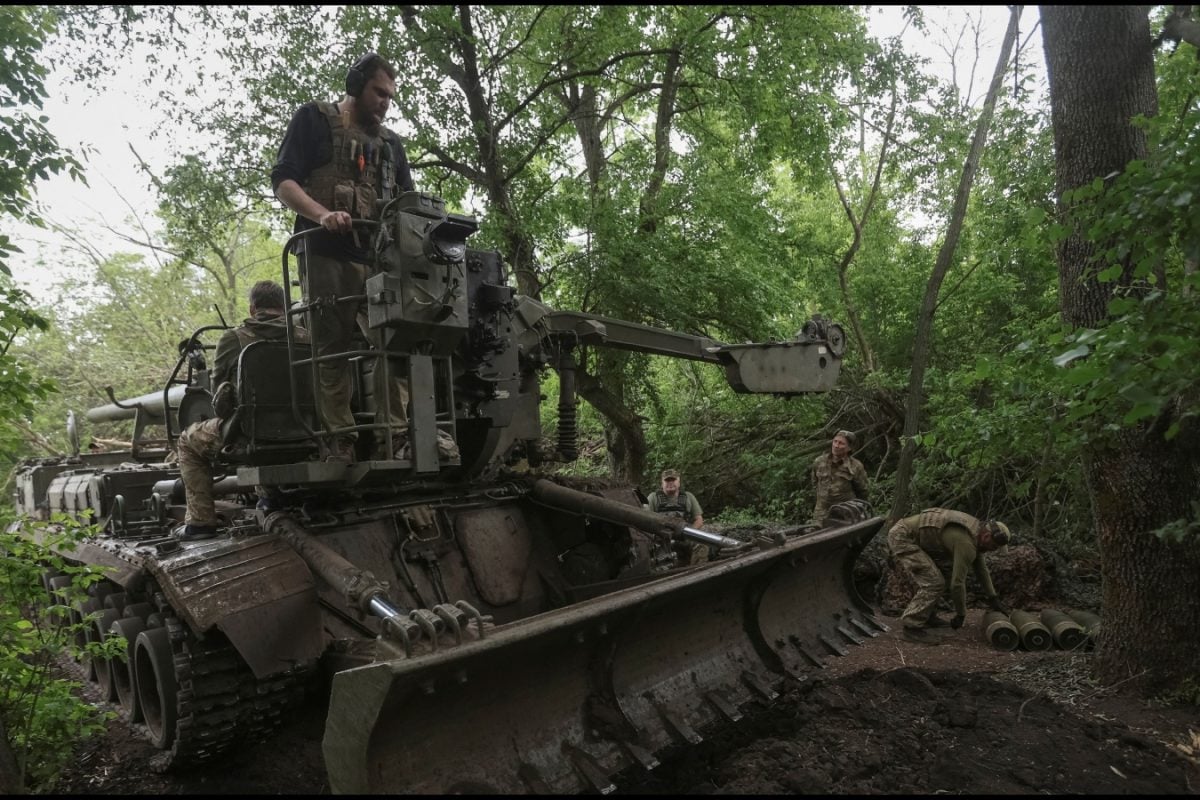How the Kropyvnytskyi Missile Strike Exposed Weaknesses in Military Training Center

Deadly Missile Strike in Kropyvnytskyi Hits Multi-National Military Training Center
On 21 July, a missile attack targeted a military training facility near the city of Kropyvnytskyi, resulting in the deaths of numerous servicemen alongside foreign instructors and foreign fighters from several countries including the United States, Colombia, Taiwan, and Denmark. This incident marked a significant loss among international personnel involved with the armed forces at this site.
The strike severely impacted the training center’s personnel, with casualties reported not only among local military members but also among foreign nationals engaged as instructors and combatants. This multi-national presence underscores the international dimensions of the ongoing conflict in the region. The event stands out as the most substantial single-day fatality incident affecting foreign fighters since the initiation of the current military operations.
The affected training center serves as a critical node for military preparation, including instruction and coordination involving both domestic and international contributors. The presence of instructors and participants from diverse nations highlights the complexity and international interest in the evolving security dynamics.
Context and Impact of the Strike
This missile attack emerges amidst sustained military activity in the region, where both defensive and offensive operations continue to shape the security environment. The targeted facility’s function as a strategic training hub means its disruption carries operational repercussions beyond the immediate human cost. These losses impact training cycles, force readiness, and the overall military capacity of the forces associated with the center.
Additionally, the engagement of foreign instructors and personnel in training roles reflects broader geopolitical involvements. Their involvement often includes tactical training, operational advice, and in some cases active participation, which introduces complexities surrounding international military collaboration and foreign fighters within active conflict zones.
The strike’s aftermath reveals the vulnerability of training installations even within territories considered secure behind front lines, indicating an expansion of the areas exposed to missile threats. The targeting of such a site points to evolving tactical priorities, possibly aimed at degrading training capabilities and diminishing the multiplier effect that foreign expertise provides.
Multinational Involvement and Its Significance
The confirmed deaths of individuals from countries such as the United States, Colombia, Taiwan, and Denmark illustrate a multi-layered involvement in the conflict. Their roles range from instructors who transfer tactical knowledge to combatants who supplement local forces. This highlights the intersection between localized conflict and international military engagement strategies.
The participation of foreign nationals in these capacities is significant for understanding the global response and interest in regional security matters. It also raises issues regarding the status, legal considerations, and potential diplomatic ramifications linked to the presence of these individuals on the ground.
Such losses impact not only operational capacity but also the diplomatic and political discourse surrounding foreign military advisors and volunteers. The event may influence strategic calculations both for the forces involved and their supporting governments, potentially affecting future military cooperation and assistance programs.
Operational and Strategic Ramifications Moving Forward
The strike at the training base represents a notable escalation due to the scale of loss and the multinational composition of those affected. It underscores the persistent threat posed by missile and drone attacks on critical military infrastructure.
Operationally, the decrease in available trained personnel and the interruption of scheduled training activities could influence the preparedness of the local forces. Strategic repercussions may manifest in adjustments to security measures, relocation of training facilities, or increased defense investments focused on countering similar threats.
The incident may also contribute to an intensification of risk assessments regarding foreign involvement and the protection of international personnel. Enhanced security protocols and intelligence sharing might be pursued to mitigate both human and material losses in future operations.
Furthermore, this event highlights the ongoing challenges in securing rear echelon areas that support front-line units, emphasizing the increasing reach of modern missile capabilities and advanced munitions in contemporary warfare. Ensuring the safety of such facilities will likely become a priority as military actors assess vulnerabilities and develop defensive responses.
Conclusion
The 21 July missile attack on the training center near Kropyvnytskyi resulted in significant casualties, notably including foreign instructors and fighters, marking it as one of the deadliest single strikes affecting international personnel in recent months. The event illustrates the complex blend of local and international elements within the ongoing conflict and highlights the vulnerabilities inherent in military training operations.
Understanding the implications of this strike is vital for comprehending the evolving tactical and strategic landscape. It reveals an intensified level of engagement and the multifaceted nature of modern military conflicts, where the lines between domestic forces and international involvement increasingly intersect on both practical and geopolitical levels.
